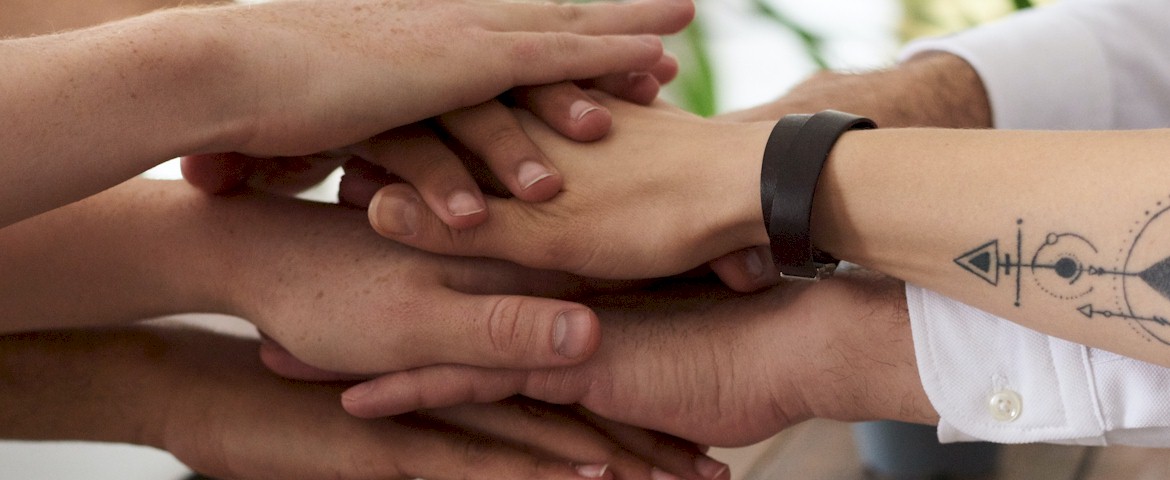Unconscious bias in the workplace (and in life) works in a subtle way that can negatively skew decision-making. Diversity inclusion training is becoming a common approach to creating a more harmonious workplace, usually done by running a one-off course for staff. But can this really be successful in removing centuries of unreasonable inequities and bias? We look at bias in the workplace, and the problems it creates, and explore proactive techniques to adopt more sustainable strategies to level out the playing field.
What is unconscious bias?
Each person brings their subconscious biases to work. These are deeply ingrained beliefs that span gender, ethnicity, colour, sexual orientation, physical appearance, age, and anything that can make us different. Inner prejudices tend to be more powerful as they are triggered without our conscious knowledge.
Most of us are well-intentioned and empathetic individuals. However, our hidden inner prejudices about other people influence every decision, including whom we promote. Unconscious or implicit bias is a ‘whisper at the back of the mind’. It impacts peoples lives daily and costs businesses millions of dollars every year in lost opportunities.
According to a 2019 Deloitte report, employees in New Zealand workplaces experienced bias on a daily basis. This has significant affect on their experience, performance, and morale.
Why is unconscious bias bad for business?
Although unconscious bias exists in the mind, it has a very real damaging effect in the workplace and can affect your organisation in multiple ways.
 How important is gut feel at work?
Prev post
How important is gut feel at work?
Prev post


